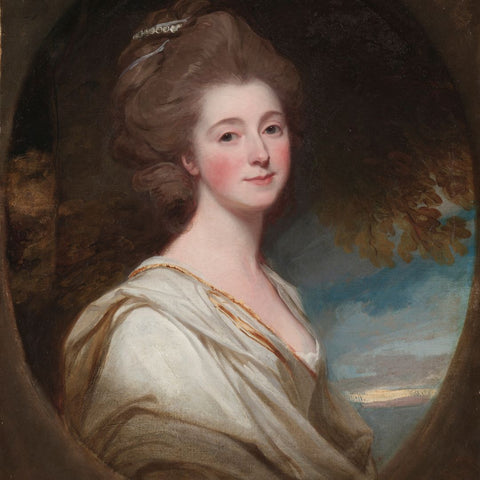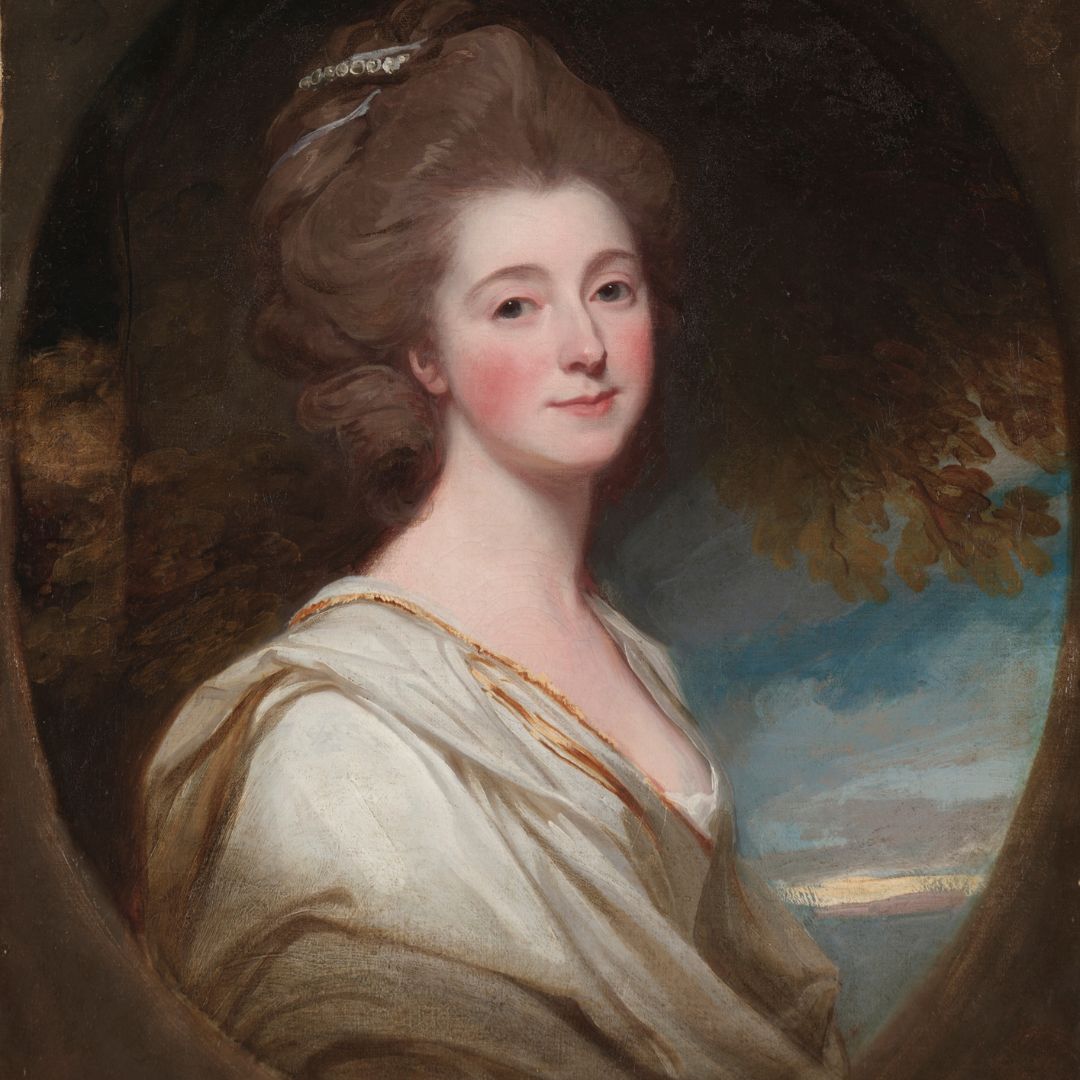
Updated: 16.05.25
Want to introduce your children to the enchanting world of classic literature?
Jane Austen’s timeless novels offer young readers a window into complex characters, universal themes, and Regency-era England.
This guide explores engaging ways to share her stories with your family, sparking a love for literature that lasts a lifetime.
1. Discovering Jane Austen’s Life and Times
Before diving into her novels, let’s travel back to the late 18th and early 19th centuries, where Jane Austen crafted her masterpieces. Born in 1775 in Steventon, Hampshire, she began writing as a teenager, drawing inspiration from the social dynamics of her time.
As a pioneering female author in a male-dominated literary world, her sharp observations shaped stories that remain relevant today.
Understanding Austen’s background helps young readers appreciate the context of her work, from societal norms to her witty commentary on class and gender.
2. Exploring Austen’s Literary World
Austen’s novels, such as Pride and Prejudice, Sense and Sensibility, and Emma, go beyond romance.
They explore themes of morality, societal expectations, and personal growth, offering relatable lessons for readers of all ages.
These stories provide a historical lens while addressing timeless human experiences, making them ideal for young readers to discuss values and relationships.
Related: How to Encourage a Love of Reading in Kids
3. Creating a Jane Austen Reading Sanctuary
Transform reading into a special experience by setting up a cozy nook at home. Include soft cushions, warm lighting, and Regency-inspired touches like prints of Bath or portraits of Austen.
This inviting space encourages kids to immerse themselves in her novels, making literature feel like an adventure.
Using Audiobooks for Accessibility
Audiobooks make Austen’s 19th-century prose more approachable for children. Engaging narrators bring her characters to life, highlighting humor and emotion in works like Pride and Prejudice.
Perfect for car rides or quiet evenings, audiobooks from platforms like Audible help busy families enjoy literature together.
4. Bringing Austen to Life Through Interactive Activities
Make reading a family affair with these activities:
- Read-Aloud Sessions: Use distinct voices for characters like Elizabeth Bennet or Mr. Darcy to make stories lively. Pause to discuss character motivations, fostering empathy and critical thinking.
- Regency Tea Party: Host a themed event with empire-waist dresses, suits, and period-appropriate snacks. Discuss Austen-era manners to connect with her world.
- Character Discussions: Ask questions like, “Why did Emma misjudge Mr. Knightley?” to explore character arcs and ethical dilemmas.
5. Visual Learning with Film Adaptations
Film adaptations can ignite interest in Austen’s novels. Start with the 2005 Pride and Prejudice, which is visually captivating and accessible for younger viewers. Compare scenes to the book to spark discussions about storytelling and adaptation choices, enhancing critical thinking.
Integrating Technology
Use apps or websites offering interactive maps of Austen’s England or historical context to visualize settings like Pemberley. Augmented reality tools can recreate Regency-era life, making the social backdrop of her novels tangible for kids.
6. Joining Online Austen Communities
Encourage kids to join online book clubs or forums for young readers, such as those hosted by The Jane Austen Society of North America (JASNA). These platforms allow children to share insights, learn from peers, and deepen their appreciation of Austen’s works while honing communication skills.
7. Visiting Austen’s England
Bring history to life by visiting Austen-related sites like the Jane Austen Centre in Bath or her home in Chawton. These trips offer a tangible connection to her settings, enriching children’s understanding of her novels’ inspirations and historical context.
8. Encouraging Creative Expression
Inspire kids to engage creatively with Austen’s stories:
- Writing: Have them write a short story set in the Regency period.
- Art: Encourage drawing scenes from novels, like the Netherfield Ball.
- Role-Playing: Act out key scenes to explore character perspectives.
These activities reinforce themes and make learning fun. Explore arts and crafts supplies to support creative projects.
9. Resources for Exploring Jane Austen
- The Jane Austen Annotated Editions by Harvard University Press: Online resources, communities, and discussion boards to enrich the reading experience.
- The Jane Austen Society of North America (JASNA): Offers events, lectures, and resources for studying Austen’s works.
- Austen-L Discussion Forum: A scholarly email forum for discussing Austen’s novels, with accessible archives.
- Lapham’s Quarterly Guide to Jane Austen and Children: Insights into children’s roles in Austen’s novels and family dynamics.
- Morningside College Library - Jane Austen Resources: Articles, biographies, and reviews for deeper exploration.
- Jane Austen Wikipedia Page: A comprehensive overview of her life, works, and legacy.
- Jane Austen Ultimate Homeschool Resource List: Study guides, games, and tools for homeschooling families.
Conclusion
Introducing your children to Jane Austen is about more than reading classic novels—it’s about exploring timeless stories that illuminate human nature and society. Create a reading sanctuary, host a Regency tea party, or visit Austen’s England to make her world come alive. With each page, you’ll inspire a love of literature and meaningful family moments.
Get in Touch 🚀
Loved our guide to teaching kids about Jane Austen? Explore more parenting tips at RiiRoo.com.
Have questions about fostering creativity in kids? Try our Live Chat or browse our arts and crafts collection!
Frequently Asked Questions
Which Jane Austen novel is best for young readers?
Pride and Prejudice is a great start due to its engaging plot and relatable characters. Use audiobooks or film adaptations to make it accessible.
How can I make Jane Austen’s language easier for kids?
Try audiobooks with skilled narrators or read aloud together, pausing to explain unfamiliar terms. Discuss the story’s themes to build understanding.
What activities can make Austen’s novels fun for kids?
Host a Regency tea party, act out scenes, or draw settings like Pemberley. Creative projects, supported by arts and crafts supplies, enhance engagement.
Are there online resources for kids to discuss Austen’s books?
Yes, platforms like JASNA offer forums for young readers to share insights and connect with peers.
How can visiting Austen-related sites enrich the experience?
Places like the Jane Austen Centre in Bath provide historical context, making her settings and inspirations vivid for kids.






Share:
Teach Your Kids About World Turtle Day
Teaching Your Kids About Trooping the Colour